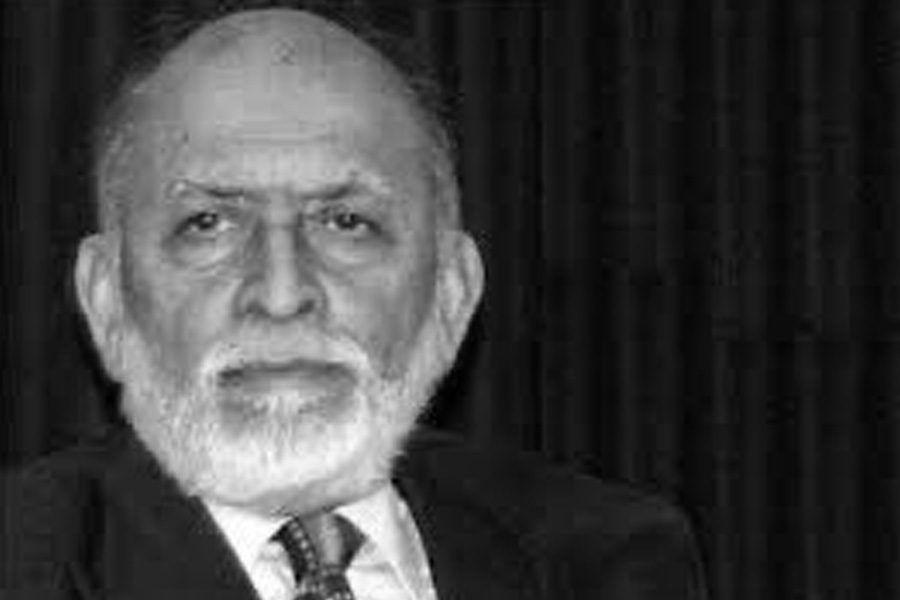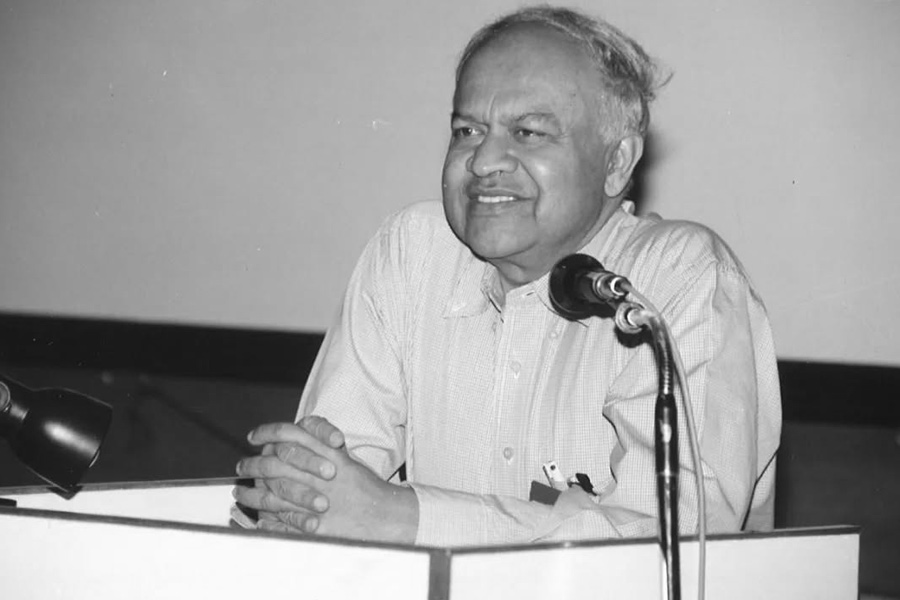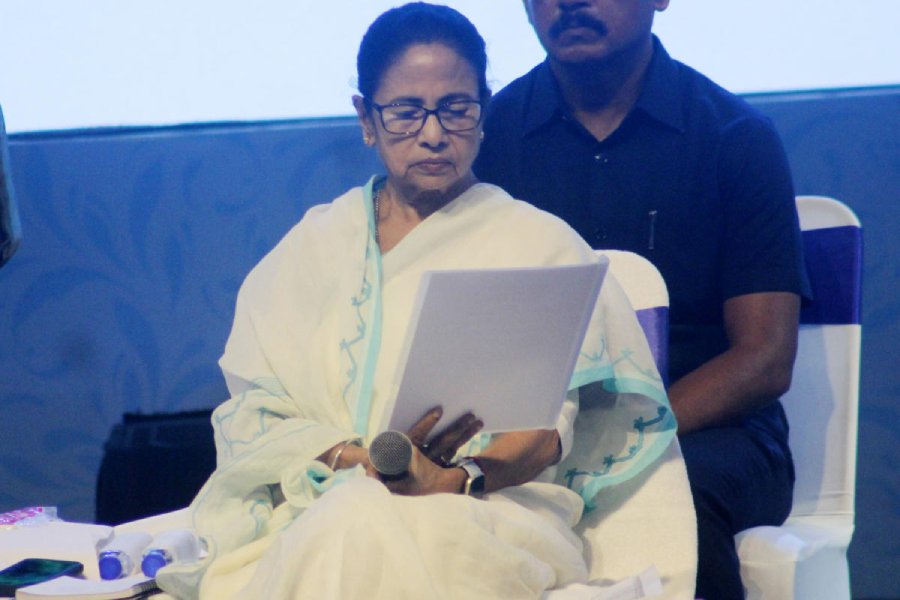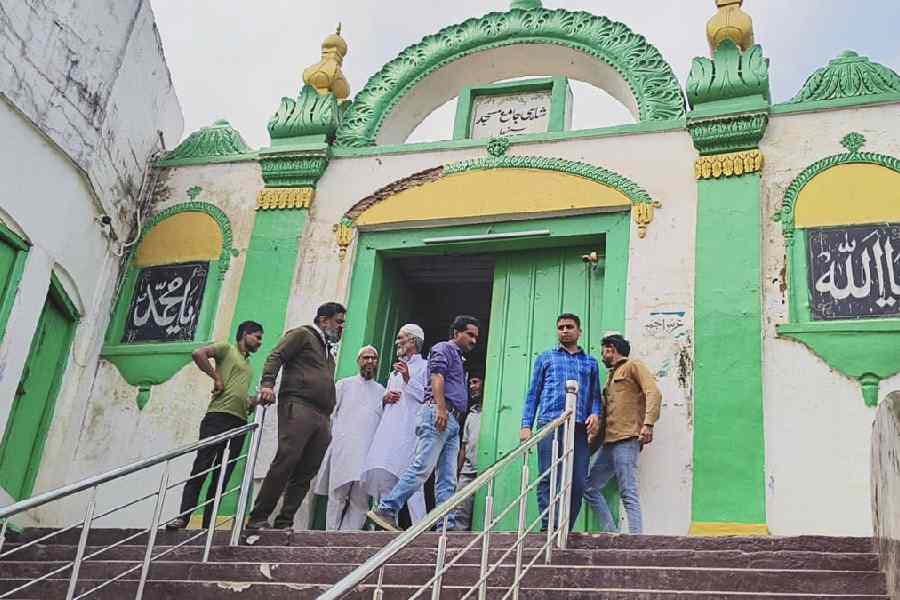 |
| Driver C.P Singh on the train that leaves for Lohardagga. Picture by Hardeep Singh |
Ranchi, Dec. 8: C.P. Singh is biding time for his last ride.
Now the lone driver of the narrow-gauge train that plies from Ranchi to Lohardagga and back, Singh says he will be forced to opt for voluntary retirement once the tracks are converted to broad-gauge by the end of the month.
The narrow gauge line had been set up in 1907 and the train has been plying ever since.
Dubbed the “toy train” by local people — though it no way resembles those that ply in Darjeeling and Kalka — it was initially pulled by a steam engine and then by a diesel one.
The goods train that used to operate on the route has been discontinued and the passenger train is likely to see its last run by the month-end.
The 58-year-old Singh, who has been driving the train since 1965, said it had become part of his life and he cannot bring himself to do any other job.
The railways wanted to send him for electrical engine training, but he is not keen.
“I will not be able to bear the strain and have become too rusty to undergo fresh training. Electrical engines are complicated and one has to be extremely alert and efficient to control them. Moreover, my family is settled here and at this age I cannot shift to a new place,” Singh said.
Singh’s fellow drivers of the train have agreed to take the training in electrical engines. But he says he will not be comfortable.
“The toy train is the only thing I can handle properly because I am familiar with the track. I also know all the functions because the engine is relatively small compared to the others in use,” he said.
“All these years, I have driven the train up and down and ferried passengers from the villages en route. All the villagers know me personally,” he added.
The train, which runs six days a week, covers a distance of 69 km from Ranchi to Lohardagga in about four-and-a-half hours.
It stops at about 10 stations on its journey to Lohardaga. Villagers use the train to carry their goods and vegetables to sell in the city.
Perishable vegetables like beans, peas and tomatoes are brought in from the villages to Ranchi and shifted to other trains which carry the goods to Calcutta and places in the south.
Wood and paddy are also ferried.
Ranchi station manager Devbrata Mukherjee said the train would be kept in the rail museum once it is taken off the tracks.
“The broad-gauge line is necessary because it is more economically viable,”he said.
“We cannot acquire new land to set up the tracks and, therefore, have to convert the narrow-gauge tracks,” he added.
Singh’s eldest son Vijay is a graduate and takes tuition to sustain the family income.
Singh said he wished to see his son settle down in some permanent job with the money he will receive after taking voluntary retirement.
“I have lived my life and have no regrets. But now I have to think about my son,” Singh said.










